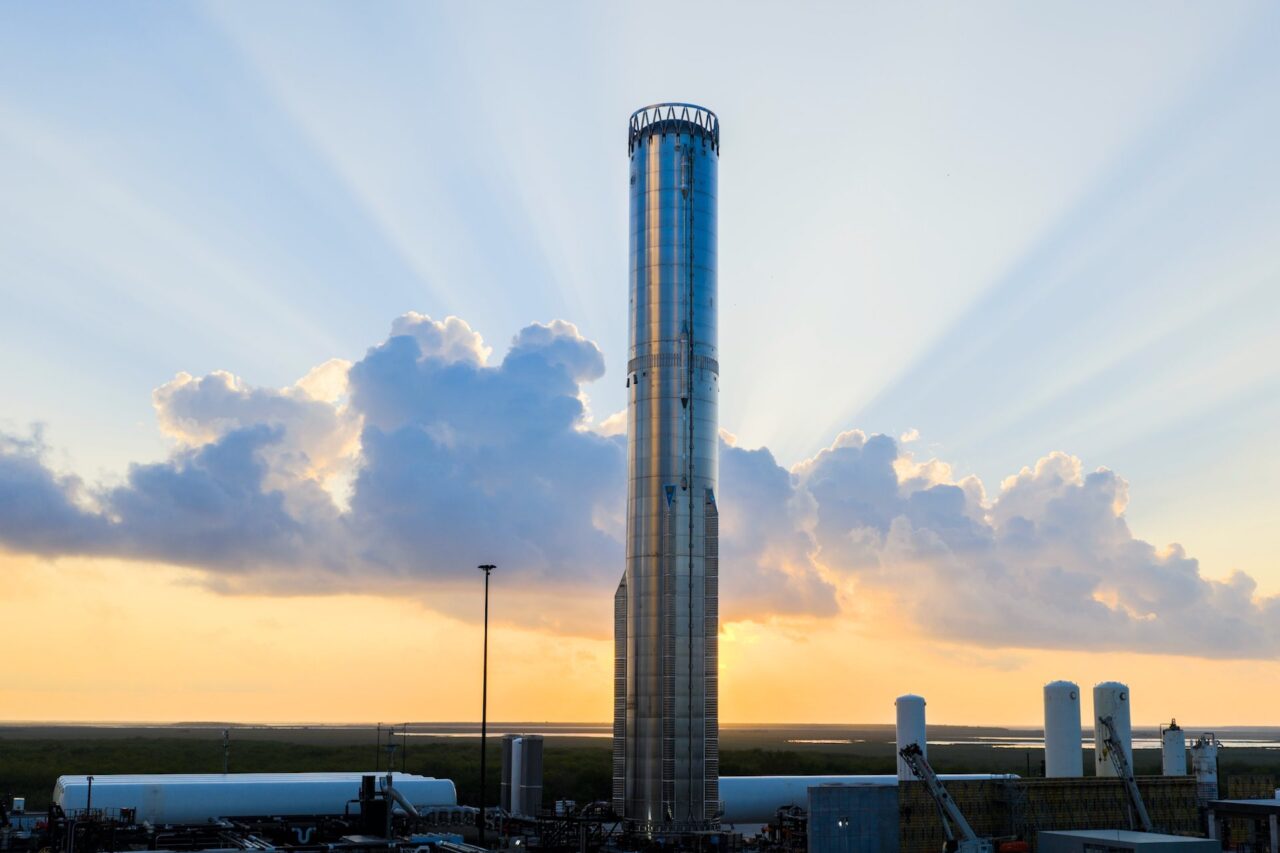SpaceX’s latest iteration of its Starship booster, designated Booster 18, experienced an explosion during a pre-launch test at the company’s facility in Texas. This incident occurred as the aerospace manufacturer prepared for its first orbital flight, anticipated for early next year. Images from the testing site revealed significant damage to the lower section of the booster, where liquid oxygen propellant is stored.
Details of the Incident
The explosion took place during initial tests designed to assess the redesigned propellant systems and structural integrity of the booster. SpaceX shared details about these operations on X, the platform formerly known as Twitter, but did not provide specific comments regarding the damage incurred during testing. The footage from the Massey test site has raised questions about the extent of the damage and the implications for the upcoming flight.
The recent testing follows the successful launch of Starship version 2, which completed its final flight last month. This marked a significant milestone after a series of earlier failed launches this year. With version 2’s suborbital flight providing valuable data, SpaceX is now focusing on the larger version 3, which is set to debut in 2026. This new iteration boasts enhancements intended to increase payload capacity and performance, using next-generation Raptor engines.
Future Implications and Challenges
The stakes are high for SpaceX as it aims to deliver a functional Starship capable of landing astronauts on the Moon as part of NASA’s Artemis 3 mission, scheduled for 2027. Delays in development have prompted NASA’s acting administrator, Sean Duffy, to suggest the possibility of reopening the Artemis 3 contract to other competitors if progress does not meet expectations.
SpaceX founder and CEO Elon Musk acknowledged the challenges inherent in the new design, indicating a learning curve as “pretty much everything changes on the rocket with version 3.” He noted that the upgraded Starship might experience “some initial teething pains” due to its radical redesign.
The circumstances surrounding the explosion of Booster 18 remain ambiguous. It is unclear whether the incident was an unintended mishap or a controlled test to assess the limits of the rocket under extreme conditions. Regardless, SpaceX faces a tight schedule to ensure the new Starship can achieve orbital flight within the coming year.
Musk has also expressed ambitions to launch an uncrewed Starship to Mars during a launch window next year, contingent on the success of this latest prototype. As the aerospace community watches closely, the outcome of future tests will be crucial in determining the trajectory of SpaceX’s ambitious plans.







